If you’ve recently moved to Norway or are simply curious about Scandinavian baking traditions, you might find some surprises in store. Here's what you need to know about baking in Norway.
Baking is a cherished part of life in Norway. From the smell of cardamom buns wafting through a local bakery to the ritual of sharing cake and coffee on a Sunday afternoon, Norwegians have a deep affection for home-baked goods.
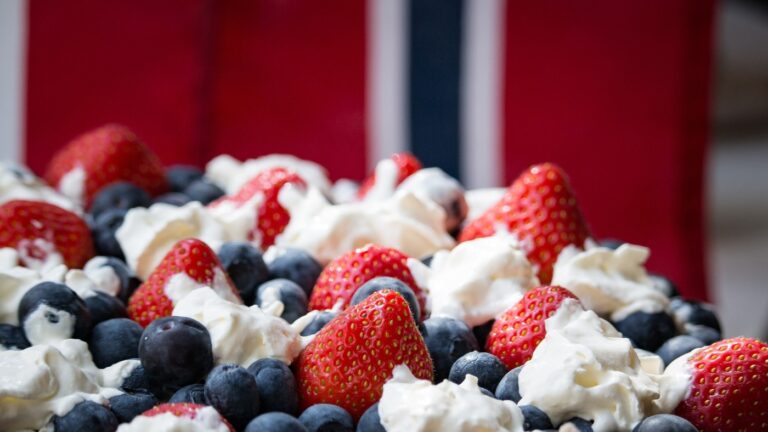
As a British expat who’s lived in Norway for more than a decade, I’ve come to appreciate just how central baking is to everyday life. Yes, it's about cake, but it’s also about comfort, community, and seasonal traditions that bring people together.
In this guide, I’ll take you through the key ingredients of Norway’s baking culture, from café favourites and family classics to the practical challenges of finding the right ingredients in a Norwegian supermarket.
The Role of Baking in Norwegian Culture
Baking in Norway is not reserved for birthdays and holidays. It is part of everyday Norwegian culture and plays a role in many social situations. Whether it is a neighbour dropping by for coffee and cake, a school bake sale, or a weekend gathering with family, something home-baked is usually on the table.
The tradition of the kakebord (which translates as “cake table”) captures this perfectly.
Common at weddings, confirmations, milestone birthdays and other big events, a proper cake table includes a variety of cakes and baked treats, often made by different family members. Everyone takes a small slice of each one. It is both a point of pride and a symbol of hospitality.
Norwegians also place a strong emphasis on seasonal and festive baking. At Christmas, many families prepare the syv slag, or ‘seven types' of cookies.
These traditional recipes are often handed down through generations and baked together as a family activity. Some people even compete, informally of course, to see who has baked the most types.
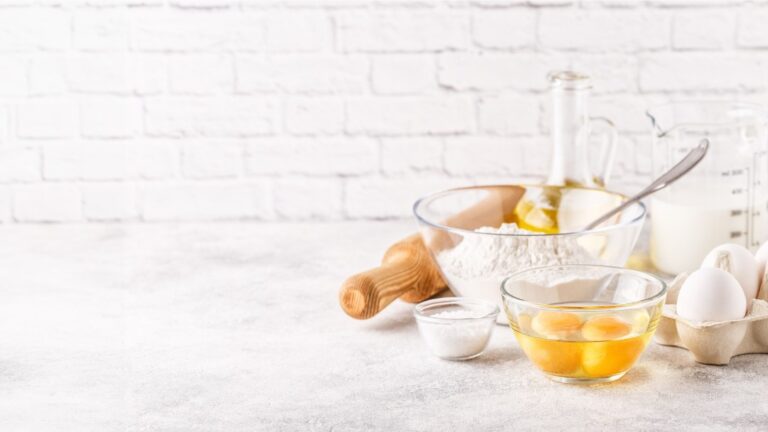
Outside of holidays, baking is simply part of the weekly rhythm in many households. The concept of fredagskos, which refers to the cosy, relaxing feeling of Friday evening, might include a sweet treat straight from the oven.
On Sundays, a homemade cake is still common, especially in rural parts of the country, where it might be served with coffee when visitors call by.
Compared to some countries, Norwegian baking culture is quite unfussy. Although bakeries can produce stunning creations, most home baking is simple and rustic, with the focus on taste rather than presentation.
You are far more likely to come across a tray of soft cardamom buns or a warm apple cake than anything involving elaborate decoration.
Norwegian Baking Favourites: What’s in the Oven?
Walk into any Norwegian café and you will be greeted by the smell of freshly baked treats. From soft, spiced buns to layered cream cakes, Norway’s baking favourites reflect a love of comfort, simplicity and seasonal flavours.
Many of these sweet staples are just as popular at home as they are in bakeries, forming the backbone of birthdays, family dinners, and Sunday coffee.
Boller are perhaps the best-known treat. These soft, slightly sweet buns come in many forms. Some are studded with raisins or chocolate chips, while others are filled with vanilla custard or topped with icing and coconut, like the much-loved skolebrød.
Then there are kanelboller, the cinnamon buns that appear in almost every bakery window and petrol station. Their mild spicing and pillowy texture make them a firm favourite with all ages.
Popular Norwegian Cakes
Another national institution is the bløtkake, or cream cake. This layered sponge cake is usually filled with whipped cream and fruit, often strawberries or bananas, and topped with even more cream and berries.
It's one of the most popular Norwegian cakes, and it is a go-to choice for birthdays, graduations, and Norway’s Constitution Day on 17th May.
Then there is Kvæfjordkake, often called Verdens Beste, which means “the world’s best”. This cake has a base of sponge topped with meringue and chopped almonds, filled with vanilla custard and cream. It is rich and celebratory, and very much a showstopper.
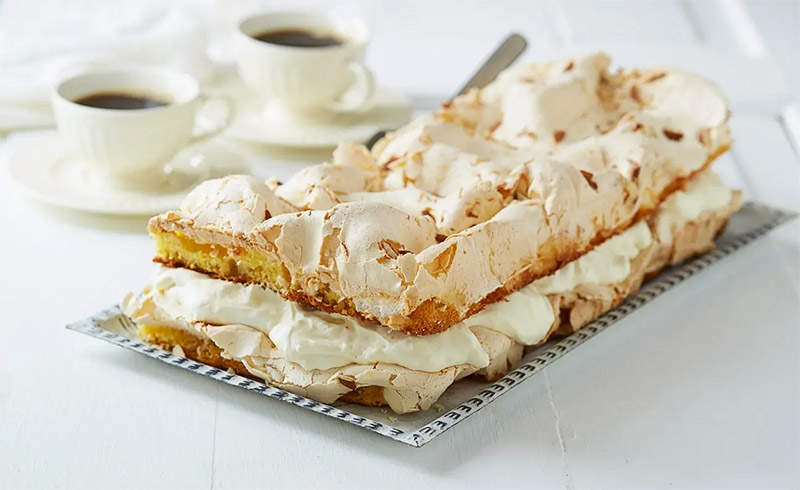
Suksessterte is another favourite, especially around Christmas and on special occasions. This almond-based cake has a dense, chewy base and a rich, bright yellow buttercream topping made from egg yolks and cream. It is naturally gluten-free and surprisingly easy to make.
Fruit features strongly in Norwegian baking, especially apples. A homemade eplekake is a simple but satisfying cake, often flavoured with cinnamon and served warm with a little whipped cream or vanilla sauce.
In summer, bakers turn to berries. Blueberries, raspberries, and cloudberries all make appearances in tarts, muffins, and crumbles.
Christmas Baking Favourites in Norway
Norway’s love of baking truly comes into its own at Christmas. The tradition of the syv slag, or seven kinds of cookies, encourages home bakers to fill their tins with an impressive variety.
These often include krumkaker (wafer-thin rolled cookies), fattigmann (deep-fried pastries), pepperkaker (gingerbread biscuits), and serinakaker (buttery vanilla cookies with pearl sugar).
Although not everyone manages all seven types, the act of baking and sharing them is the point.
The Home Baking Scene in Norway
Baking at home is part of everyday life for many Norwegians. While not everyone bakes every weekend, it is surprisingly common to whip up a tray of buns or a simple cake with little notice.
Visitors are often struck by how casual and unpretentious it all feels. The goal is usually something warm, familiar, and comforting rather than picture-perfect.
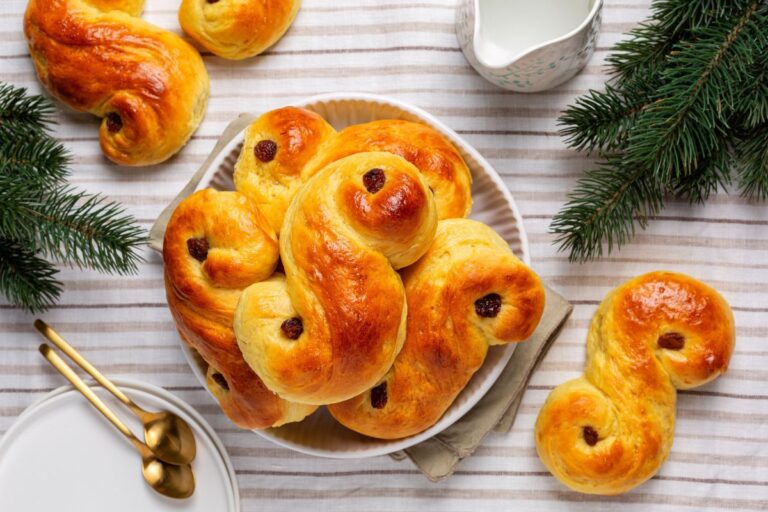
One of the biggest motivators for baking at home is the rhythm of the seasons. Many families bake lussekatter in early December to mark Luciadagen, with saffron buns lighting up the dark mornings of the Advent season.
At Easter, marzipan decorations begin to appear. In autumn, as the apples ripen and the evenings draw in, eplekake becomes a staple once again.
Then there is baking as a weekend activity. On Sundays, it is still common in many households to serve a home-baked cake in the afternoon. This tradition, known simply as søndagskake, can be anything from a chocolate sponge to leftover buns reheated and served with jam.
For families with children, baking is often one of the first shared kitchen activities. Children help stir batter, cut out cookies, or decorate buns with icing and sprinkles. School bake sales and dugnad events frequently call for parents to contribute baked goods, so there is often a tried-and-tested recipe at the ready.
When it comes to style, most Norwegian home baking leans towards the rustic. Cakes are often baked in rectangular tins and cut into squares. Muffins are popular, but you are unlikely to see towering cupcakes with swirls of frosting.
Instead, the focus is on flavour, freshness, and ingredients people recognise. Spices like cardamom and cinnamon are commonly used, while almond flour appears in many traditional cakes.
Baking is also a way to connect with Norwegian culture, especially for newcomers. It gives you a reason to explore the local supermarket shelves, ask neighbours for recipes, and begin to understand the rhythms of the year.
A Spotlight on Norwegian Lefse
Lefse holds a special place in the hearts of many Norwegian Americans. This soft, flat potato-based bread is often rolled with butter and sugar, then served as a sweet treat.
In Norway today, it is still possible to find lefse in grocery stores, though it is more common in rural areas and during holidays.
There are several regional varieties. Potetlefse is soft and pliable, perfect for sweet fillings, while tykklefse is thicker and often spread with butter and syrup. Some versions are even savoury and served alongside traditional meals.
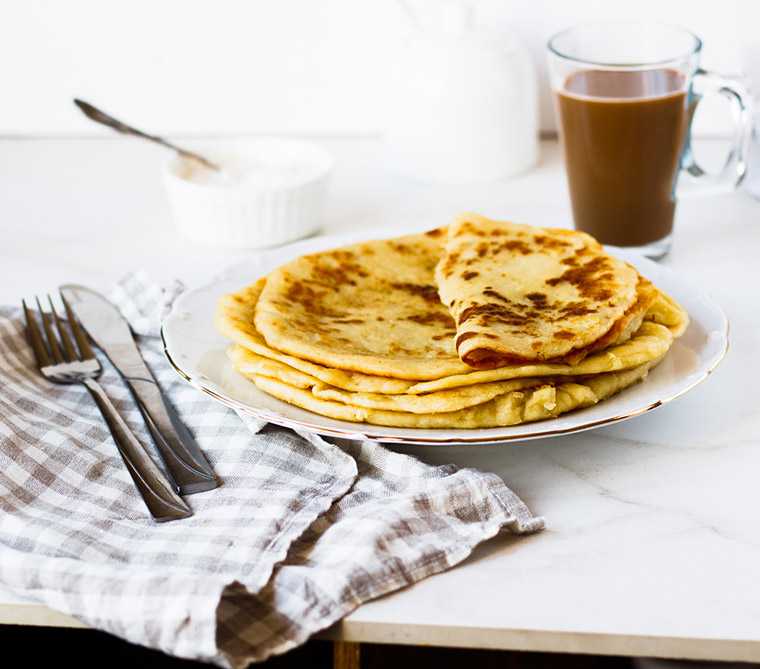
Although not as widely eaten in Norway as it once was, lefse remains a strong cultural symbol. For many in the diaspora, making lefse is a way to connect with heritage, often passed down through generations and made together as a family.
Ingredient Challenges and Substitutions in Norway
If you’re new to baking in Norway, you might quickly realise that some ingredients you’re used to are missing from the supermarket shelves.
Whether you’re trying to recreate an old family recipe or follow a baking blog from abroad, adapting to Norwegian products can take a little patience and creativity.
One of the first things many British or American bakers notice is the lack of double cream. In Norway, the closest equivalent is kremfløte, which contains about 35% fat. It whips well and works fine in most recipes, but if your recipe calls for extra richness, you may need to adjust your expectations slightly.
Another common obstacle is caster sugar, which doesn’t really exist here. The standard white sugar (sukker) is granulated and a little coarser than caster sugar. For most cakes and cookies, it works well enough, but for delicate sponges or meringues, you might consider blitzing it briefly in a blender to create a finer texture.
Self-raising flour is another item you won’t find in Norway. All flour is sold plain, so you’ll need to add your own baking powder. As a general rule, use about two teaspoons of baking powder per 150 grams of flour, but adjust depending on the recipe.
Certain baking staples like golden syrup, molasses, and light brown sugar are also harder to come by. You might find golden syrup in international stores, but most bakers in Norway substitute it with lys sirup, which has a similar texture but a milder flavour.
For brown sugar, mixing white sugar with a bit of brun farin (moist brown sugar usually sold in bricks) or molasses can do the trick.
Vanilla also looks different. While liquid vanilla extract is a baking essential in many countries, Norwegian stores mostly stock vaniljesukker (vanilla sugar) or vanilla paste in small tubes.
Both can be used in cakes and biscuits, but if you want the strong, pure flavour of vanilla extract, you might need to bring some back in your suitcase or order online.
Finally, it’s worth mentioning yeast. Fresh yeast is still widely used in Norway and found in the chilled section near the butter. It works well, but can be a little fiddly. If you prefer dry yeast, look for tørrgjær, usually sold in small sachets.
Norwegian recipes often assume you’re using fresh yeast, so keep an eye on the quantities and conversions.
Where to Buy Baking Supplies in Norway
Most everyday baking ingredients can be found in the major supermarket chains such as Rema 1000, Coop and Meny. Even smaller local shops will usually have flour, sugar, spices, and yeast.
For more specialised tools or seasonal decorations, larger Meny stores and kitchenware shops like Kitch'n often have a dedicated baking section. If you’re after something specific like piping bags, cake tins or silicone moulds, IKEA can be surprisingly helpful.
For harder-to-find items such as food colouring gels, fondant, or international brands, your best bet might be online shops or one of the growing number of international supermarkets in larger cities.
I hope you enjoyed this introduction to Norwegian baking culture! Whether you’re new to Norway or rediscovering old family traditions, baking can be a wonderful way to feel more connected to life here.


Norwegian plain flour and margarine are not quite the same as in the UK, so well worth a couple of trial runs to adjust the ratios of dry ingredients to liquids if making cakes, scones or biscuits.
That was very interesting but would have been better with a couple of recipes ☺️
i had a german grandma, a norwegian grandma and my mother, who all baked -REAL BREAD’?’
DOES ANYONE USE LARD?
Are all pastries prepared with all purpose flour , with no unbleached flour use. I have food sensitivity issues and hope to find items I can eat when we visited next year.